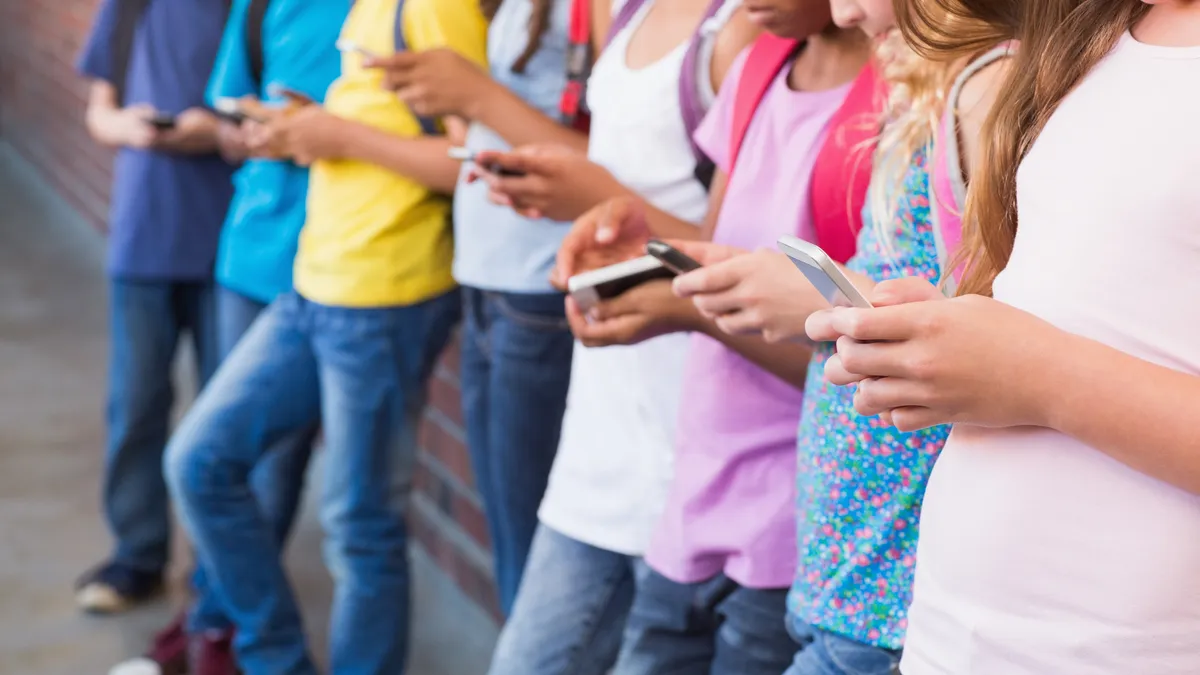Dive Brief:
- Both student and teacher use of generative artificial intelligence notably increased between the 2022-23 and 2023-24 school years, according to a report released Wednesday by the Center for Democracy & Technology, a civil rights nonprofit.
- During that period, the percentage of teachers who reported using generative AI rose from 51% to 67% while high school student use increased from 58% to 70%. Teachers were more likely to tap into AI for school uses over personal reasons, while students reported the opposite, CDT said.
- Even as generative AI use climbs, two-thirds of teachers said they haven’t received guidance from their schools regarding response and discipline procedures when a student is suspected of using the technology for unpermitted reasons like plagiarism.
Dive Insight:
While a significant portion of teachers still lack guidance on handling suspected AI-related plagiarism, 39% reported that they regularly use AI content detection software to manage students’ AI use, CDT found.
Yet, 1 in 5 students said they or someone they know has been accused of relying on AI to cheat on an assignment without any proof, or it was later concluded that the student did not inappropriately use AI.
The CDT findings reflect an ongoing tension between teachers’ use of AI detection software and the potential inaccuracy of those tools. Still, software companies are capitalizing on the desire to prevent AI-based plagiarism efforts, including with tools that claim to spot text paraphrased by generative AI.
Technology experts have warned that overreliance on AI detection tools alone is not a viable solution for addressing concerns about academic dishonesty. In 2024, CDT raised the alarm that AI detectors are more likely to harm English learners and students with disabilities, given that they have been more likely to use AI tools compared to their peers.
In CDT’s most recent report, 4 in 10 special education teachers reported using AI in at least one way when developing or informing their individualized education programs.
Specifically, 23% said they used AI to spot trends in student progress and to assist in determining patterns for goal setting. Some 19% used AI for summarizing an IEP, while 16% used the technology to choose specific accommodations in the IEP.
Furthermore, 12% said they used AI only to write the narrative part of an IEP, while 8% said they relied on AI to completely write the IEP.
As schools introduce more emerging technologies into classrooms, the risk to student data privacy remains top of mind for educators and families. Those concerns persist while nearly a quarter of teachers — 23% — reported their school experienced a large-scale data breach at least once during the 2023-24 school year. That finding from CDT comes just a week after PowerSchool’s announcement of a potential widespread data breach that impacted a still-undetermined number of schools using the cloud-based software provider’s services.
It’s important that schools engage their communities as they adopt rapidly evolving technology, said Elizabeth Laird, director of the Equity in Civic Technology Project at CDT, in a Wednesday statement.
“Introducing new technologies into K-12 schools also introduces new threat vectors and risks of irresponsible use,” Laird said. “This underscores the importance of schools needing to clearly communicate with families and educate them about how edtech tools are being used in their child’s school — including its potential harms.”
CDT surveyed 1,316 high school students, 1,028 6-12th-grade parents, and 1,006 teachers instructing grades 6-12.












